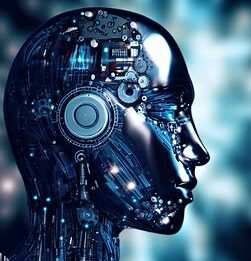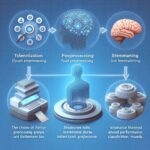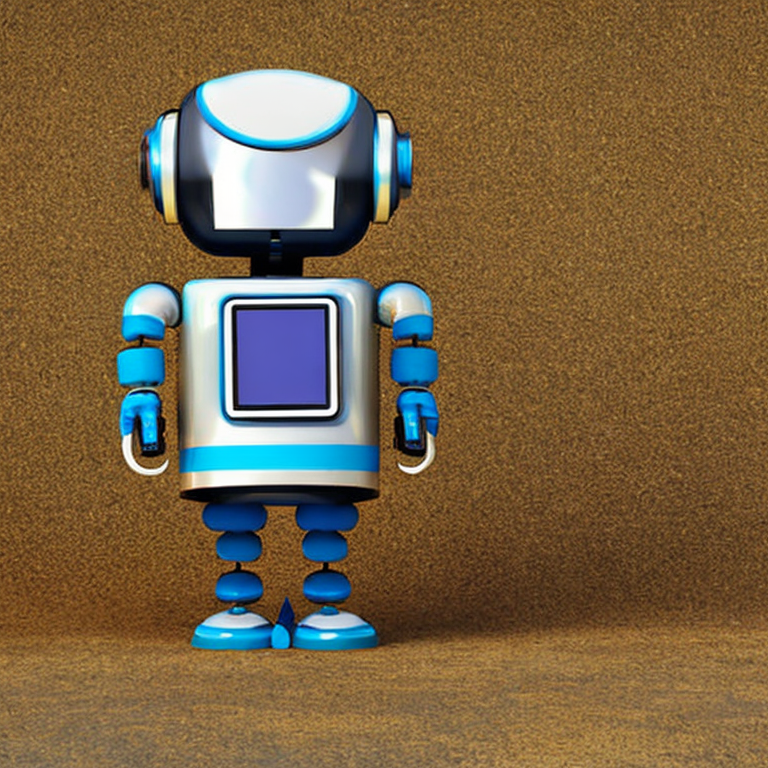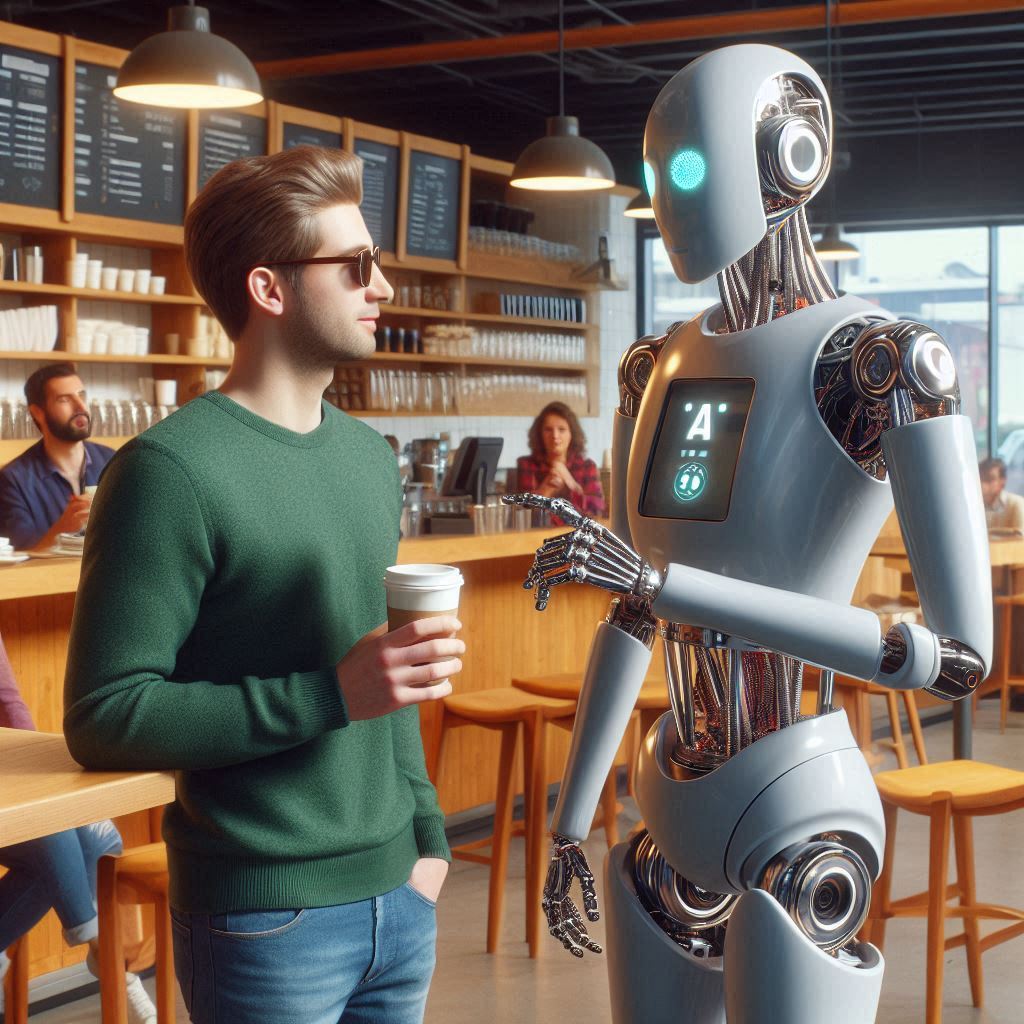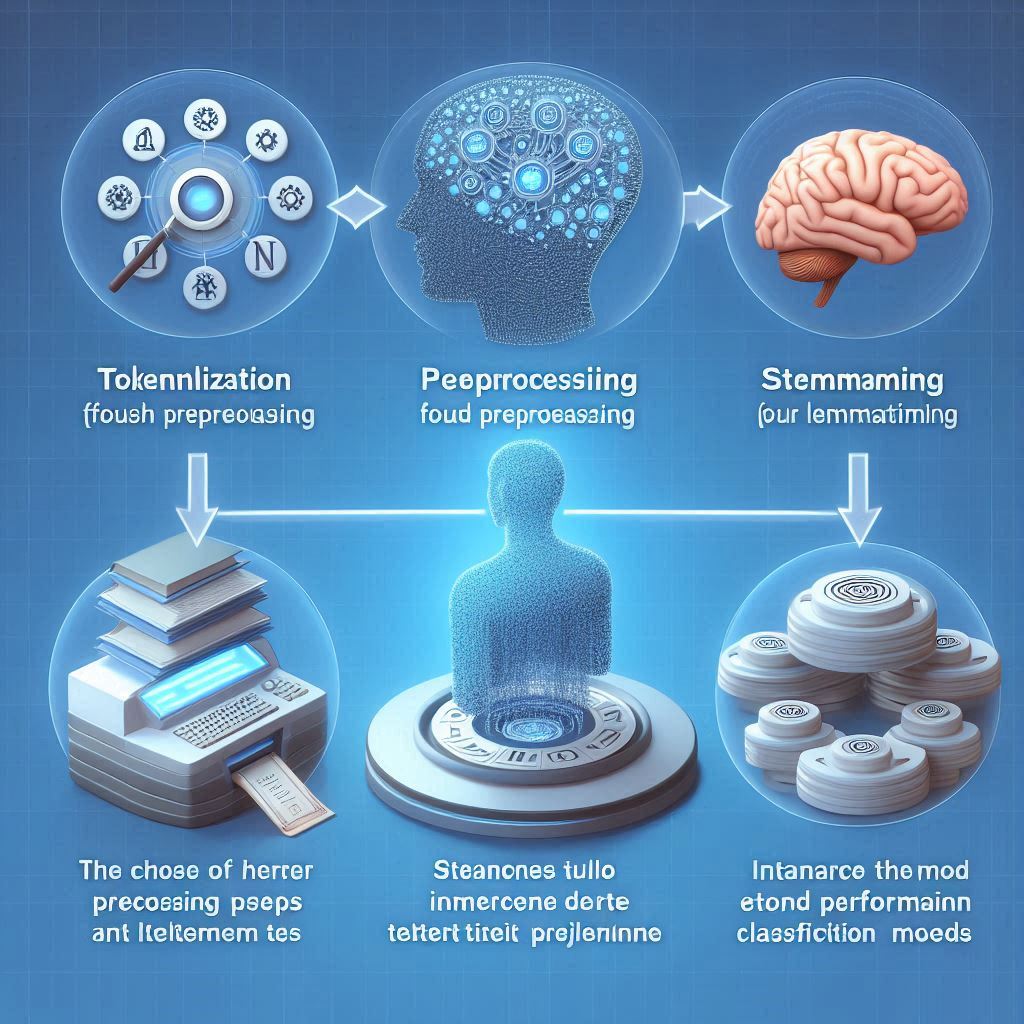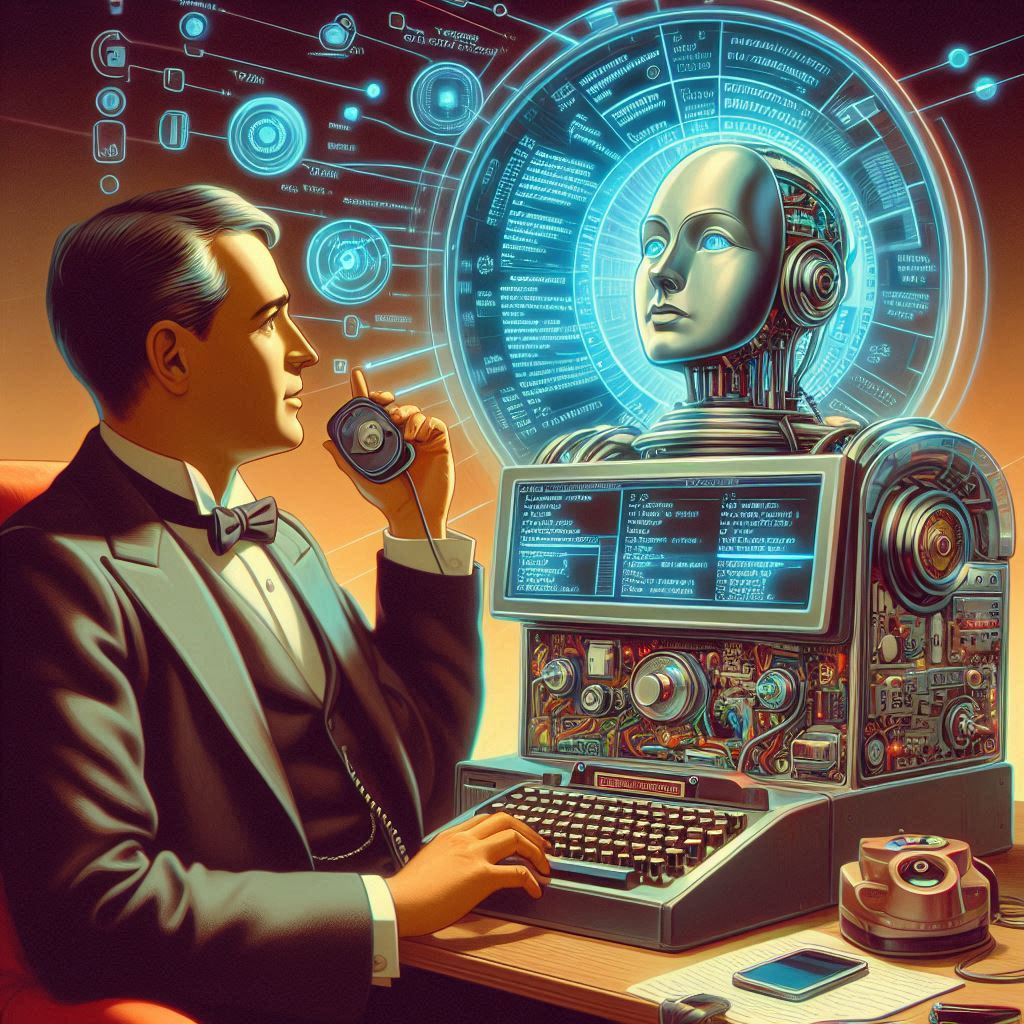Chatbot Mastery with GPT-3
Artificial intelligence (AI) has come a long way since its inception, and with the latest advancements in technology, it has become more sophisticated than ever before. One such advancement is GPT-3, which has revolutionized the AI industry with its chatbot mastery. In this article, we will explore what GPT-3 is, how it is revolutionizing AI, and its impact on chatbot technology.
What is GPT-3?
GPT-3 (Generative Pre-trained Transformer 3) is a language model developed by OpenAI, which uses deep learning techniques to generate human-like text. It is the largest and most powerful language model built to date, with 175 billion parameters. GPT-3 is trained on a massive dataset of text from the internet, which includes books, articles, and websites, among others.
How GPT-3 is revolutionizing AI
GPT-3 is revolutionizing AI by enabling machines to understand and generate human-like text. It has the ability to complete sentences, paragraphs, and even entire articles, making it a powerful tool for content creation. GPT-3 can also be used for language translation, question-answering, and chatbot development, among other applications.
GPT-3’s chatbot mastery
One of the most significant applications of GPT-3 is in chatbot development. GPT-3 can be used to create chatbots that can understand and respond to natural language, making them more human-like and engaging. GPT-3 chatbots can be used for customer service, personal assistants, and even as companions for people who are lonely or isolated.
Understanding the chatbot technology
Chatbots are computer programs that simulate conversation with human users. They can be used to automate tasks, provide information, or engage in conversation. Chatbots use natural language processing (NLP) to understand and respond to user input. They can be rule-based, where they follow a set of pre-defined rules, or they can be machine learning-based, where they learn from user interactions.
Benefits of GPT-3 chatbots
GPT-3 chatbots have several benefits over traditional chatbots. They can understand and respond to natural language, making them more engaging and human-like. They can also generate responses on their own, without the need for pre-defined rules. GPT-3 chatbots can be trained on a wide range of topics, making them versatile and adaptable to different use cases.
Use cases of GPT-3 chatbots
GPT-3 chatbots can be used in various industries, including healthcare, finance, and retail. In healthcare, they can be used to provide medical advice and support to patients. In finance, they can be used to provide financial advice and support to customers. In retail, they can be used to provide customer service and support.
How to develop GPT-3 chatbots
Developing GPT-3 chatbots requires expertise in natural language processing and machine learning. Developers can use OpenAI’s API to access GPT-3’s language model and build chatbots that can understand and respond to natural language. Developers can also use pre-built templates and tools to develop chatbots quickly and efficiently.
Limitations of GPT-3 chatbots
Despite its many benefits, GPT-3 chatbots have some limitations. They can be expensive to develop and maintain, and they require a large amount of data to train. They can also be prone to errors and biases, especially if they are not trained on diverse datasets.
Future of GPT-3 chatbots
The future of GPT-3 chatbots is promising, with many potential applications in various industries. As the technology advances, GPT-3 chatbots will become more sophisticated and human-like, making them more useful and engaging for users.
GPT-3 and the future of AI
GPT-3 is just one example of how AI is advancing and becoming more sophisticated. As AI continues to evolve, it will have a significant impact on various industries, from healthcare to finance to retail. GPT-3 is just the beginning of what is possible with AI.
GPT-3’s impact on chatbot technology
GPT-3 has revolutionized chatbot technology by enabling machines to understand and generate human-like text. Its chatbot mastery has many potential applications in various industries, from healthcare to finance to retail. As the technology advances, GPT-3 chatbots will become more sophisticated and human-like, making them more useful and engaging for users. GPT-3 is just the beginning of what is possible with AI, and its impact on chatbot technology will continue to be felt for years to come.
